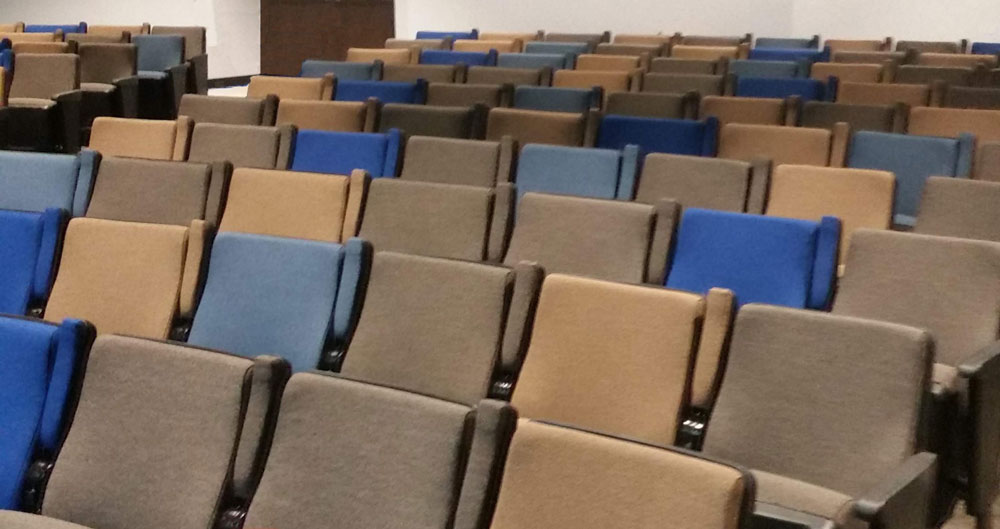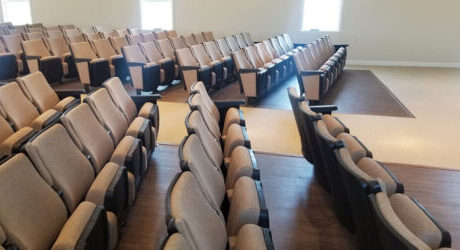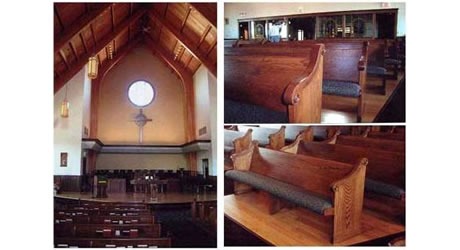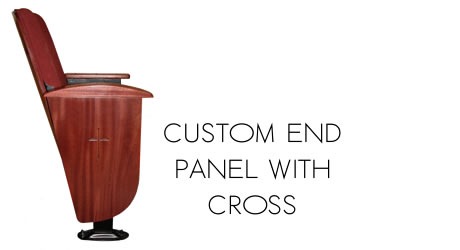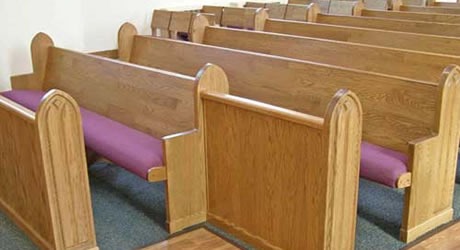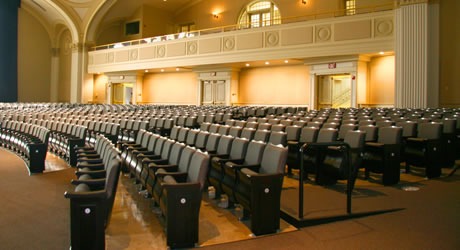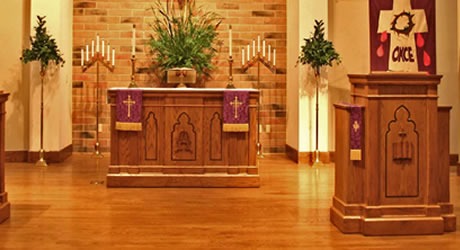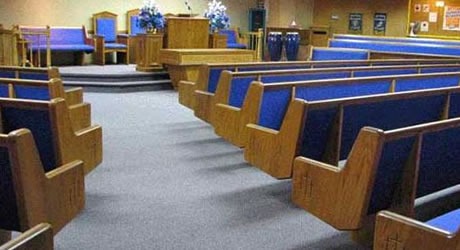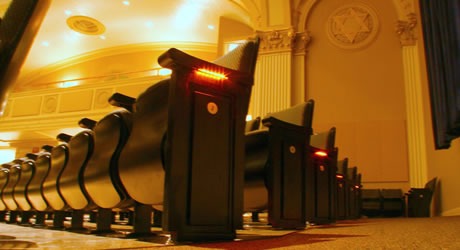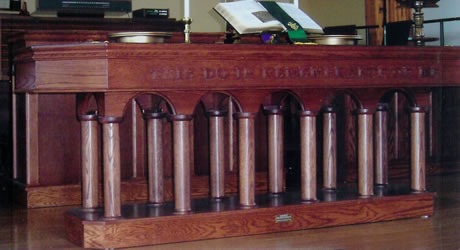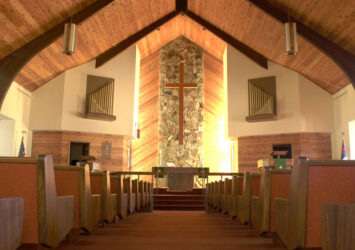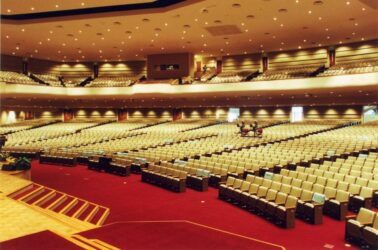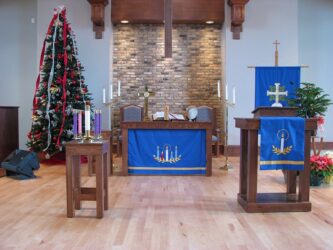From Pews to Purpose: Redefining Church Worship Seating for Modern Congregations, Fixed and Removable Sanctuary Seats
As churches adapt to changing times and seek to engage a modern congregation, rethinking traditional worship seating becomes essential. Moving beyond the traditional pews in a sanctuary, a new approach to church seating can help create a purposeful and inclusive worship environment. This guide explores innovative ideas and considerations to redefine church sanctuary seating for the needs and preferences of the modern congregation.
Flexibility and Versatility
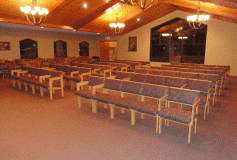 Embrace flexibility by incorporating movable seating options. Utilize chairs instead of fixed pews to allow for easy reconfiguration, accommodating various worship styles, events, and community gatherings.
Embrace flexibility by incorporating movable seating options. Utilize chairs instead of fixed pews to allow for easy reconfiguration, accommodating various worship styles, events, and community gatherings.
Comfort and Ergonomics
Prioritize comfort by selecting seating options with ergonomic designs. Cushioned seats, lumbar support, and proper seating height contribute to a more comfortable worship experience, promoting attentiveness and engagement.
Intimate and Inclusive Seating
Create a sense of intimacy and inclusivity by arranging seating in smaller clusters or semi-circular configurations. This setup fosters a closer connection among congregants, enabling them to engage in worship and interact with each other.
Multi-Sensory Experiences
Consider seating arrangements that enhance multi-sensory experiences. Utilize tiered or graduated seating to provide clear sightlines to projection screens, multimedia displays, or sanctuary performances, ensuring everyone can actively participate and feel involved.
Technology Integration
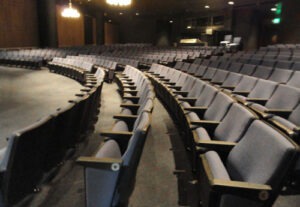 Integrate technology into sanctuary seating by incorporating power outlets or charging stations for mobile devices. This allows congregants to access digital resources, follow along with electronic versions of hymnals or scriptures, and engage with interactive elements during worship.
Integrate technology into sanctuary seating by incorporating power outlets or charging stations for mobile devices. This allows congregants to access digital resources, follow along with electronic versions of hymnals or scriptures, and engage with interactive elements during worship.
Accessibility and Inclusivity
Ensure that seating options accommodate individuals with disabilities. Incorporate wheelchair-accessible spaces, wide aisles, and ramps to provide easy navigation and equal participation for all members of the congregation.
Intergenerational Considerations
Design seating that caters to different age groups. Include dedicated spaces for families with young children, providing proximity to amenities like nurseries or children’s areas while ensuring an integrated worship experience for families.
Sustainable and Environmentally Friendly
Choose seating options made from eco-friendly and sustainable materials. Emphasize durability to reduce waste and promote responsible stewardship of resources.
Aesthetic Harmony
Align the seating design with the overall aesthetics of the worship space. Consider integrating elements such as natural wood finishes, modern upholstery fabrics, or decorative details that reflect the church’s architectural style and create a visually cohesive environment.
Congregational Feedback and Adaptation
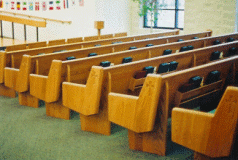 Seek feedback from the congregation regarding seating preferences and comfort levels. Regularly assess the effectiveness of the seating arrangement and adjusting as needed based on the evolving needs of the congregation.
Seek feedback from the congregation regarding seating preferences and comfort levels. Regularly assess the effectiveness of the seating arrangement and adjusting as needed based on the evolving needs of the congregation.
Conclusion
By redefining church sanctuary seating for modern congregations, we can create spaces that foster engagement, inclusivity, and spiritual connection. Embracing flexibility, comfort, technology integration, and accessibility ensures that the seating arrangements align with the evolving needs and preferences of the diverse worship community, enabling a more meaningful and purposeful worship experience.



